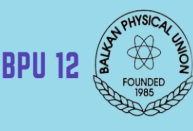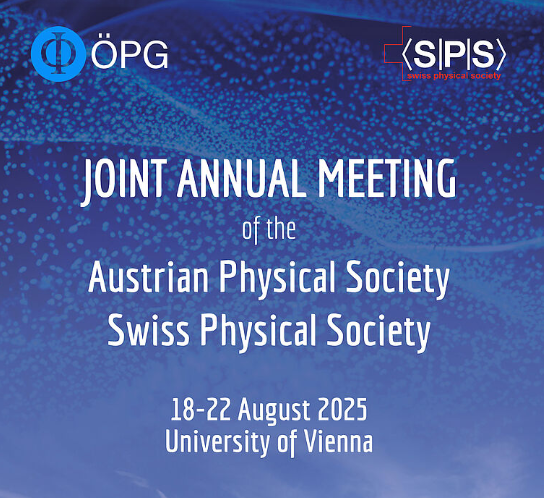https://doi.org/10.1140/epjp/i2019-12763-2
Regular Article
Effect of magnetic field on mixed convection and entropy generation of hybrid nanofluid in an inclined enclosure: Sensitivity analysis and optimization
1
Department of Mechanical Engineering, Shahrekord University, Shahrekord, Iran
2
Department of Mechanical Engineering, Semnan University, Semnan, Iran
3
Gas refining technology group, Gas research division, research institute of petroleum industry (RIPI), Tehran, Iran
4
Department of Mechanical Engineering, Najafabad Branch, Islamic Azad University, Najafabad, Iran
5
Laboratory of Magnetism and Magnetic Materials, Advanced Institute of Materials Science, Ton Duc Thang University, Ho Chi Minh City, Vietnam
6
Faculty of Applied Sciences, Ton Duc Thang University, Ho Chi Minh City, Vietnam
7
Department of Mechanical Engineering, Technology Faculty, Fırat University, 23119, Elazığ, Turkey
8
Department of Mechanical Engineering, King Abdulaziz University, Jeddah, Saudi Arabia
* e-mail: hfoztop1@gmail.com
Received:
21
January
2019
Accepted:
16
May
2019
Published online:
30
August
2019
In this paper, a numerical study has been examined on the effect of the presence of a magnetic field on the rate of convective heat transfer and entropy generation of a hybrid nanofluid (water/Al2O3-CuO (50/50)) in a square diagonal cavity. The horizontal walls of the insulating cavity and fixed temperature source are set on the left and right vertical wall with cold temperature. The governing equations are solved by finite volume method using the SIMPLE algorithm. In this paper, the effect of the Richardson number, Hartman number, thermal source length on hybrid entropy generation and convective heat transfer rate has been examined. Using the Response Surface Methodology (RSM) method, a polynomial equation is obtained between the three parameters given for the Nusselt number, total entropy generation and Bejan number. Then the sensitivity of responses to factors is checked. Finally, depending on the importance of each of the responses, we use the optimal points where simultaneously the highest Nu number, the lowest entropy generation, and Bejan number occur. The results show that with increasing Richardson number, heat transfer rate is reduced, and this reduction is more pronounced in smaller Hartmann number. Also, total entropy generation increased with increasing Richardson number, but Bejan number reduced. With increasing the intensity of the magnetic field and reducing the length of the thermal source, the heat transfer rate also reduces. However, with increasing the intensity of the magnetic field, the total entropy generation and Bejan number increase. Also, with increasing the length of the thermal source, the total entropy generation and Bejan number increase.
© Società Italiana di Fisica and Springer-Verlag GmbH Germany, part of Springer Nature, 2019




